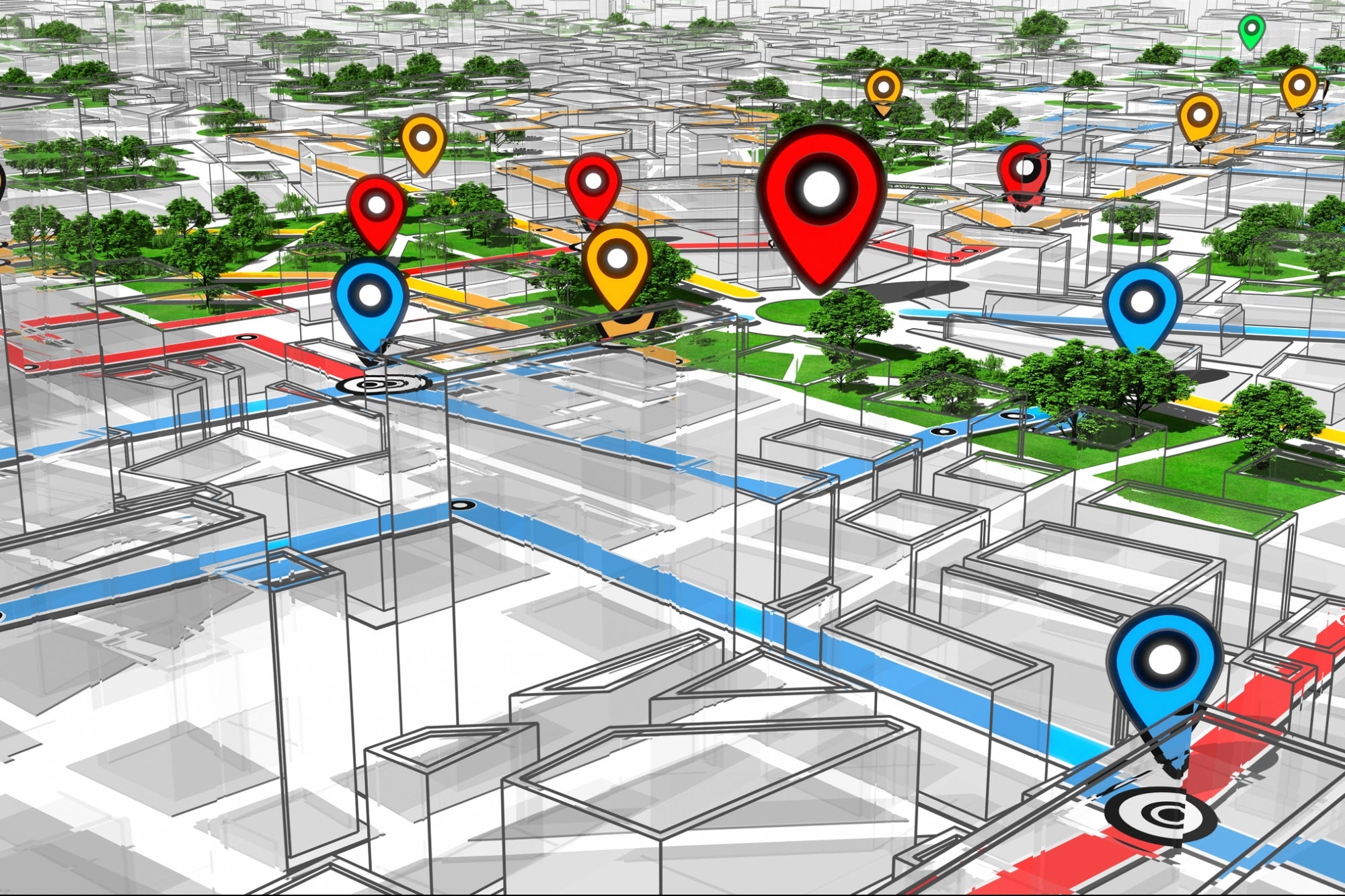Opinions expressed by Entrepreneur contributors are their own.
According to Statista, there were 4.66 billion active internet users in 2021, and 4.32 billion of them accessed it via their mobile devices. With every new application or website, promoting products to consumers all over the world was no longer a mission impossible, but the need for more optimal content became evident as the audience grew.
Optimized content is the type of content with a personalized approach, which falls into the preferences of specific groups. A way to collect the necessary data for personalized content and advertisements is through data companies, which gather a plethora of information about consumer demographics and psychographics while creating buyer persona profiles. Consumer psychographics offers a valuable insight into people’s interests, behaviors, activities and opinions.
Related: Customer Intelligence as a Revenue Predictor
A primer
A significantly effective way to create personalized content and advertisements is by targeting potential customers based on their location. An imperative element is the messaging, which needs to be appropriate to the behavior of the people in the location of interest. This tool allows the marketing specialists or advertisers to create personalized content and advertisements with high conversion rates. It can be as simple as showing a different language version of an ad to someone in France versus to someone in the United States, or it can take into account more complex data such as various locations a person might frequent and web browser history.
The central idea behind geotargeting lies in the delivery of the “right message at the right time” to the right people. It is possible by capturing the IP address of people’s devices from a specific location or people who have expressed interest in this location for a reason. Once a platform or application determines the location of a user through their IP address, wi-fi or global positioning system, this piece of information is saved to servers and delivered to adjust the type of content the user views. For example, companies such as Google and Facebook recognize your phone’s location and send pop-up notifications and emails promoting physical stores around this location.
Thanks to social media, geotargeting is now more accessible than ever. Not only is it useful for local businesses, but large organizations can also put it to good use for regional campaigns in order to attract and connect with prospects and existing customers. Location-based content creation is considered cost-effective with a higher return on investment than a generic campaign, which will not focus on a specific area, especially for local businesses with a physical presence.
If you are running a business that caters exclusively to customers in one area, then it would be helpful for you to know what kind of people live nearby and what languages they speak so that your marketing materials are as relevant as possible for them.
Related: 4 Advanced Ways to Drive Traffic to Your Website with Online Marketing
The benefits
Geotargeting can help businesses grow by catering to customers in their area, driving more sales and increasing profit margins. IP exclusion ensures that people working for the competitor have no chance of viewing your ads, and at the same time, geotargeting enables you to promote your content to consumers in that area. This type of strategy is recommended for businesses in high-competition industries.
Becoming the point of reference is particularly vital for local businesses, political parties and real-estate companies. Politicians are able to approach voters in specific city areas with personalized messaging while real-estate agents can build their brand authority through location-based ads.
The mistakes
There are a lot of similar names of cities or the same city names in different states or countries, and it is a very common mistake to overlook. For example, if you run a campaign for a local business in Greece while based in New York and don’t create your Google lists in the correct format, the results will include businesses in the U.S., and that lack of relevance will cost you customers. Keeping in mind where your target audience is located will guarantee an optimized paid search campaign, which will result in low advertising costs and high ROI.
If a company has a few locations in close proximity, the segmentation is going to be more effective if it is based on the product or services. If there is a geotargeting campaign for each of these locations, it is very likely to create overlaps, and you’ll spend more money than necessary. In case the segmentation by product or service is not an option, A/B testing can prevent errors as long as the keywords and locations are carefully chosen.
The tips
Make the language-switch icon on your website easy to find or match the whole page to the visitor’s language. Whether the switch includes the whole page or just a few click-to-action buttons, this test will allow you to measure effectiveness. Big brands such as Coca-Cola and Samsung make their websites user-friendly worldwide with this feature.
An inclusion of the currency of your target audience will likely increase your sales conversions and attract more customers of the same geographical location. A successful example is the case of Etsy, which adapts the currency to each visitor’s location with geotargeting.
Geotargeting campaigns will enable you to try out different campaigns and test out their performance. Keep in mind that little details — such as the customs, culture and correct translation — matter.
Finally, visual elements provide information and complement the messaging. Personalized design in campaigns can make a tremendous difference in how the brand is perceived by different people.







